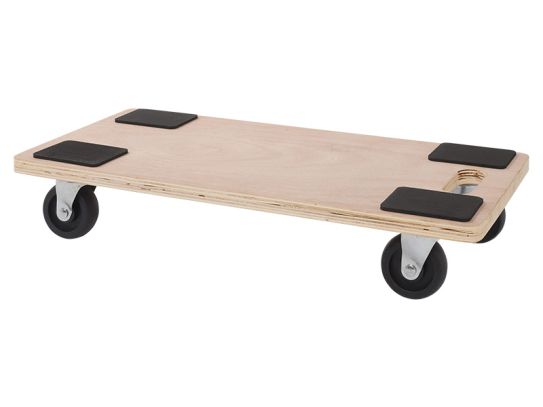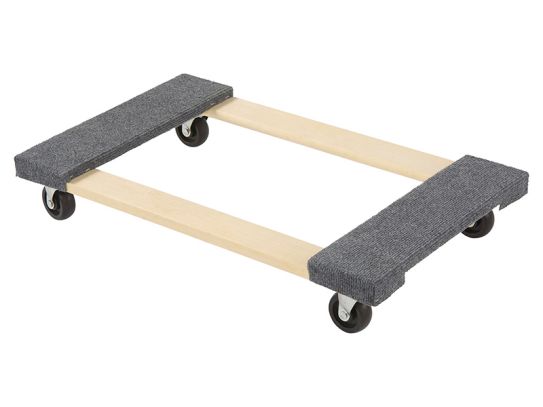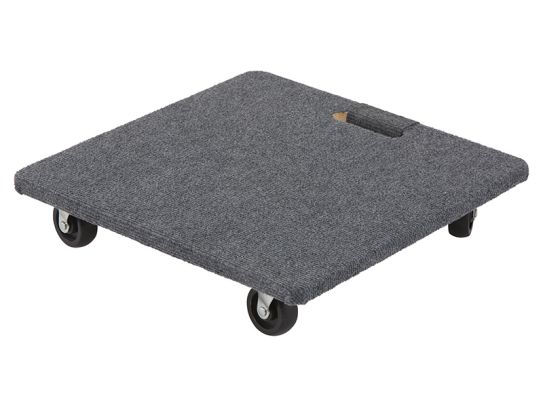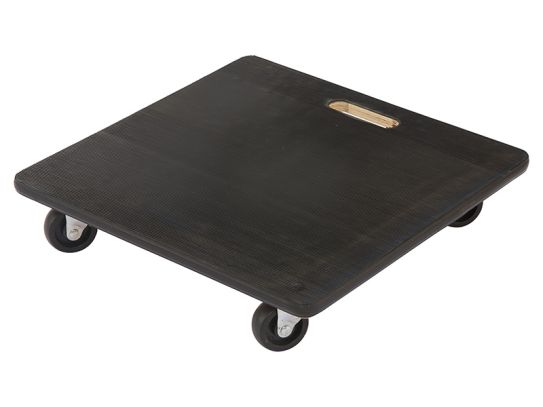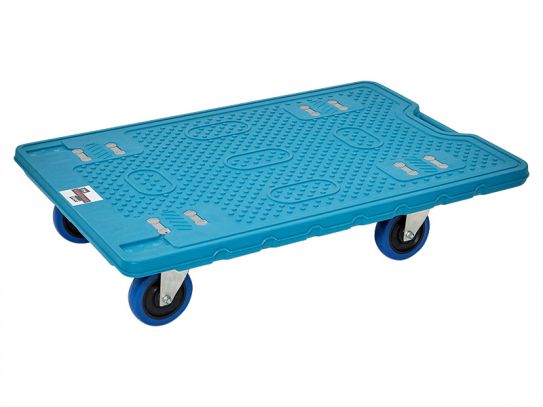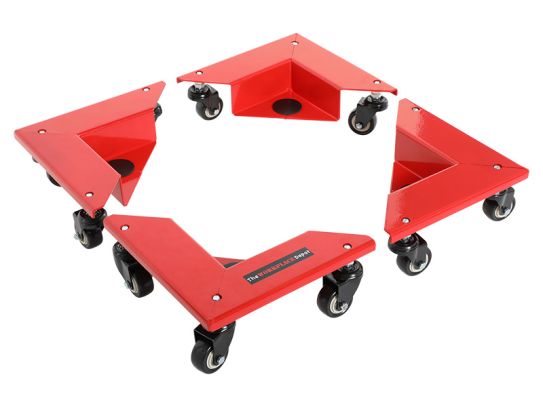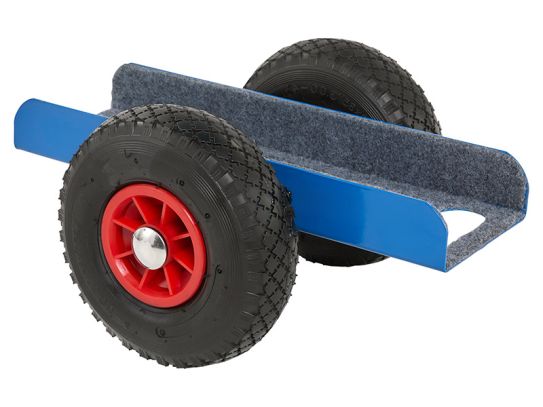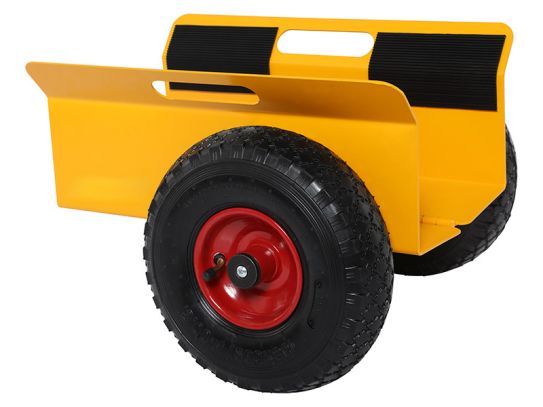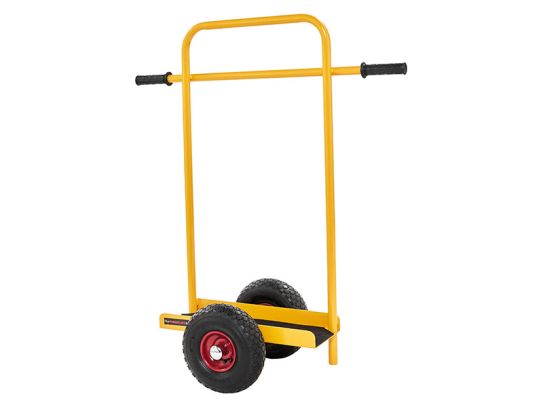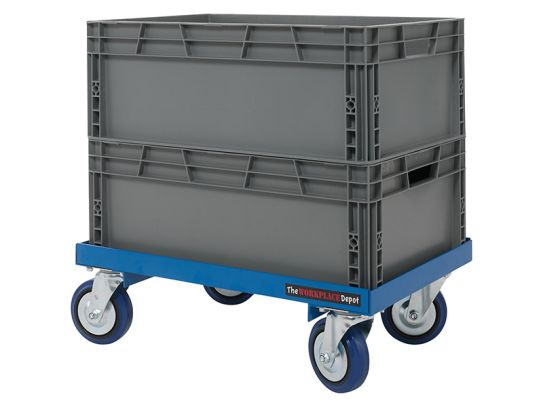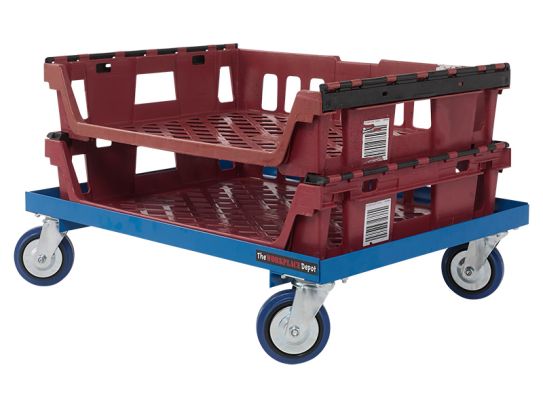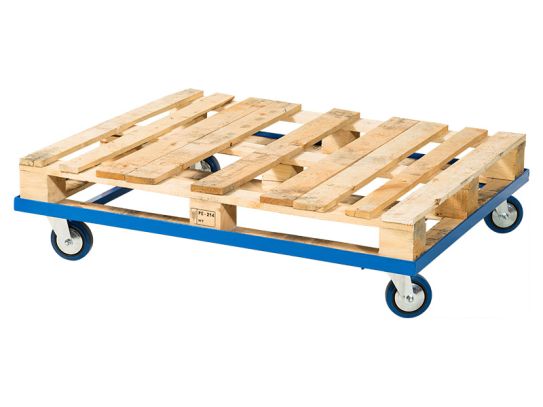Dollies
Dollies for the Professional: Built to Last and Easy to Use.
Looking for a versatile, heavy-duty dolly to make your business run smoothly? Look no further! Our range of dollies includes furniture dollies, pallet dollies, crate dollies, and panel dollies, all designed to make your life easier.
Our furniture dollies are perfect for moving heavy pieces of furniture quickly and easily, while our pallet dollies make it easy to transport large, heavy pallets. Our crate dollies are ideal for moving boxes and crates, and our panel dollies make it easy to move large, unwieldy panels.
No matter what your business needs, our dollies are up to the task. Built to last and easy to use, our dollies are a must-have for any business looking to streamline its operations. So why wait? Check out our range of dollies today and make your business run smoother than ever before!
What Are Dollies?
A dolly is a small, portable platform with wheels that is used to move heavy objects from one place to another. Dollies come in a variety of shapes and sizes, and can be used for a wide range of purposes, including moving furniture, transporting pallets of goods, and moving boxes and crates. Dollies are commonly used in warehouses, retail stores, and other business settings, and are an essential tool for anyone who needs to move heavy objects quickly and easily.
What Are Some Common Uses for Dollies?
Some common uses for dollies include moving furniture, transporting pallets of goods, moving boxes and crates, and moving large, unwieldy panels. Dollies are also commonly used in the entertainment industry, for moving sets and equipment, and in the construction industry, for moving building materials. Dollies are a versatile tool that can be used in a wide range of settings, making them an essential tool for anyone who needs to move heavy objects quickly and easily.
What Are the Different Types of Dollies?
There are many different types of dollies, each designed for a specific purpose. Some common types of dollies include:
- Furniture dollies, which are used for moving heavy pieces of furniture
- Pallet dollies, which are used for transporting pallets of goods
- Crate dollies, which are used for moving boxes and crates
- Panel dollies, which are used for moving large, unwieldy panels
There are also specialised dollies, such as tote dollies, container dollies, beam dollies, panel dollies and furniture skates. They are all specialised tools that are excellent at performing the duty required by them.
What Are the Key Features to Consider When Choosing Dollies?
When choosing dollies, there are several key features to consider. First, you should consider the weight and size of the objects you will be moving, and choose a dolly that is strong enough to support them. You should also consider the type of terrain the dolly will be used on, and choose a dolly with wheels that are suitable for that terrain. In addition, you should consider the type of material the dolly is made from, and choose a dolly that is sturdy and durable. Finally, you should consider the overall design of the dolly, and choose a dolly that is easy to use and manoeuvre. By considering these key features, you can choose the best dolly for your needs.
How Do I Use a Dolly Safely and Effectively?
To use a dolly safely and effectively, follow these steps:
- Inspect the dolly and the object you will be moving to ensure that they are in good condition and ready for use.
- Position the dolly securely underneath the object you will be moving, making sure that the wheels of the dolly are properly aligned and that the object is balanced on the dolly.
- Hold onto the object with one hand, and use the other hand to push or pull the dolly forward.
- Keep a firm grip on the object at all times, and avoid tilting the dolly or the object, as this can cause the object to fall off the dolly.
- When moving the dolly up or down stairs, take care to lift the dolly and the object together, and avoid letting the object drag on the stairs.
- When moving the dolly over rough or uneven terrain, go slowly and carefully, and avoid making sudden movements that could cause the dolly or the object to tip over.
- Once you have reached your destination, carefully lower the object off the dolly and onto the ground, making sure that the object is stable and secure.
By following these steps, you can use your dolly safely and effectively, and avoid any accidents or injuries. Always remember to use common sense and pay attention to your surroundings when using a dolly, and don't hesitate to ask for help if you need it.
How Do I Maintain and Care for My Dolly?
To maintain and care for your dolly, follow these steps:
- After each use, inspect the dolly for any damage or wear, and make any necessary repairs or replacements.
- Clean the dolly regularly, using a soft cloth and mild soap and water. Avoid using harsh chemicals or abrasive cleaners, as these can damage the dolly.
- Lubricate the wheels of the dolly regularly, using a silicone-based lubricant. This will help to keep the wheels moving smoothly and reduce wear and tear.
- Store the dolly in a dry, well-ventilated area, away from direct sunlight and extreme temperatures. This will help to prevent rust and other damage to the dolly.
- If the dolly is not going to be used for an extended period of time, cover it with a protective cover or store it in a protective case. This will help to protect the dolly from dust and debris.
By following these steps, you can help to maintain and care for your dolly, and ensure that it stays in good working condition for as long as possible. Regular maintenance and care is essential for getting the most out of your dolly, and can help to extend its lifespan and save you money in the long run.
Are There Any UK or European Industry Standards or Regulations That Apply to Dollies?
There are no specific UK or European industry standards or regulations that apply specifically to dollies. However, there are a number of general health and safety regulations that apply to the use of dollies and other materials handling equipment. In the UK, these regulations are contained in the Health and Safety at Work etc. Act 1974 and the Management of Health and Safety at Work Regulations 1999. In the European Union, the main health and safety regulations that apply to the use of dollies and other materials handling equipment are contained in the Safety and Health at Work (Dangerous Machines) Directive and the Supply of Machinery (Safety) Regulations 2008.
